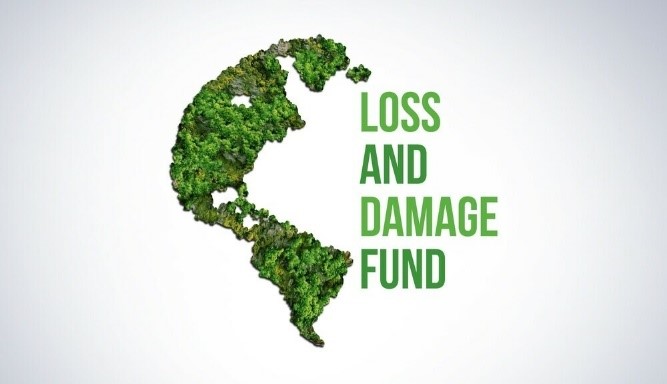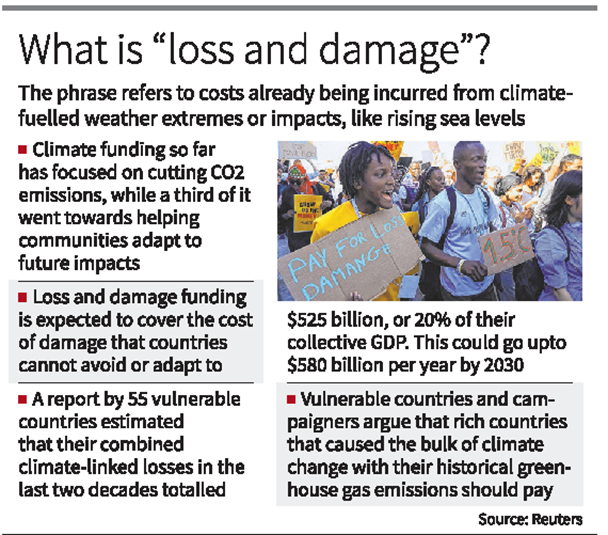Free Courses Sale ends Soon, Get It Now


Free Courses Sale ends Soon, Get It Now



Disclaimer: Copyright infringement not intended.
Context

The term “loss and damage" dominated COP27. What does it mean exactly?
READ ABOUT COP 27:
https://www.iasgyan.in/daily-current-affairs/cop27-hits-and-misses
https://iasgyan.in/daily-current-affairs/run-up-to-cop27
Historically, G20 countries have emitted majority of the greenhouse gases driving the climate crisis. How is this impacting developing countries?
History of the demand
How can funds be raised or mobilized to compensate for loss and damage?
What are some examples of those innovative tools?
What is UNEP doing to combat loss and damage?
Will the Loss and Damage Fund be effective?
|
PRACTICE QUESTION Q. Historically, G20 countries have emitted majority of the greenhouse gases driving the climate crisis. How is this impacting developing countries? Discuss this in the context of Loss and Damage Fund. |
© 2024 iasgyan. All right reserved